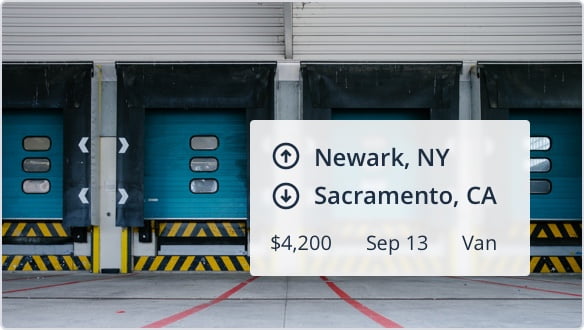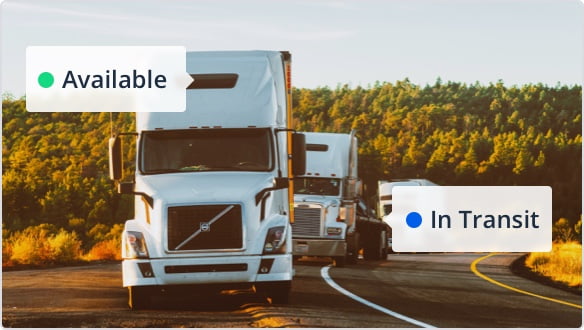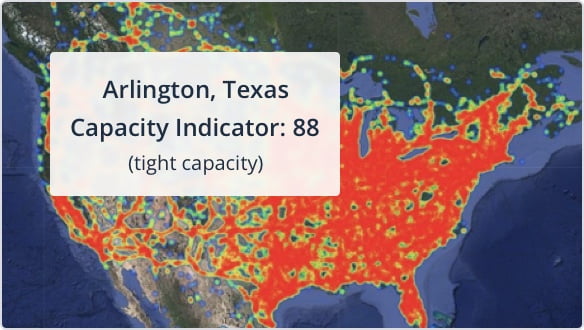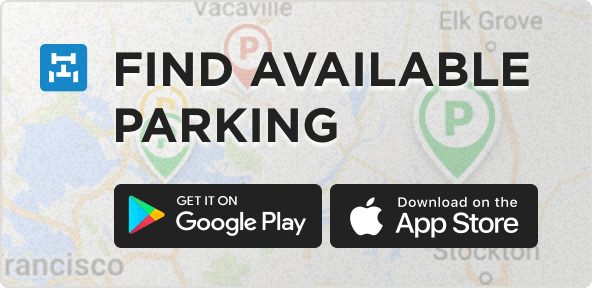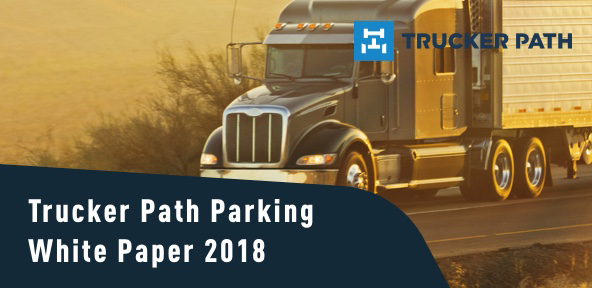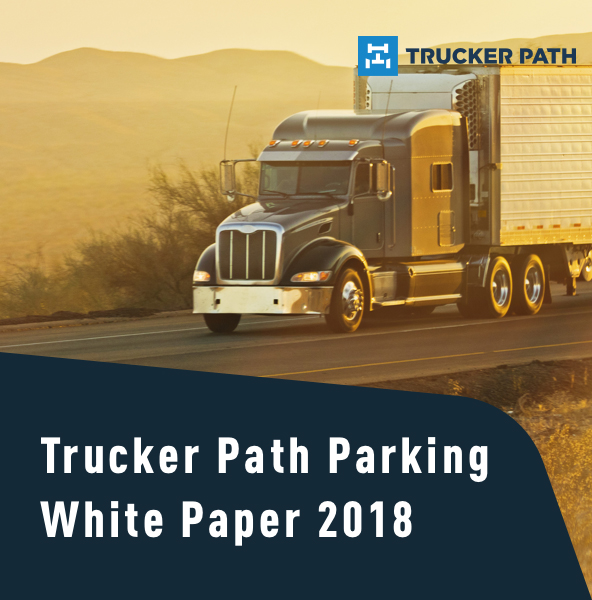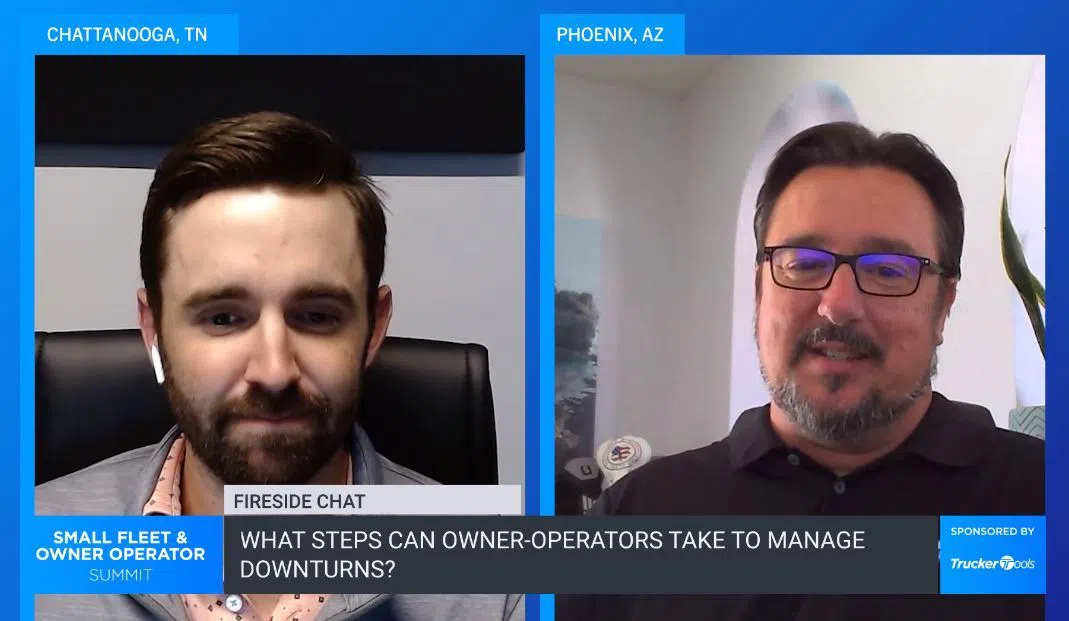With diesel prices up more than $2.30 a gallon from this time last year, finding the best prices at the pump is about more than bragging rights these days. It’s survival for owner operators and serious impact to the bottom line of fleets.
Fuel optimization tools, like the one in our Trucker Path COMMAND platform, hold huge promise. But that promise comes with a few “ifs” that truckers, fleet managers and fleet owners need to give heavy consideration to.
Everyone who’s ever hunted best fuel prices knows the thrill of bagging the lowest price on the lane—as well as that empty feeling that comes from wondering whether the miles and time you spent finding 5-cents a gallon in savings was a wash. Or worse yet, ended up costing you more.
Let’s lay bare the pros and cons of fuel optimization tools and present five real-lane examples of when a fuel optimization app would be a winner or an occasion for whining.
Pros of Fuel Optimization Tools
Thousands of dollars in fuel savings, depending on the laneRemoves decision-making. Dispatchers provide specific fuel stops in addition to the navigation for the routeTools stipulate everything: the where, when and how much fuel to purchaseOut-of-route miles accounted for in fuel stop recommendationsEvery detail considered. Fuel plan accounts for equipment mpg, existing fuel levels and load weight Cons of Fuel Optimization Tools
Out-of-route miles, while generally limited to less than a few miles per stop, can negate some or all of the savings achieved through lower fuel pricesTools often prescribe more fuel stops. More time spent fueling eats into HOS and increases operating costsAdded time. Driving further to low-cost pumps and adding stops can threaten tight delivery windowsDrivers don’t get to choose their favorite stops for food and amenitiesHigh cost of technology as many optimization tools are designed for larger fleetsSuccess Depends on Number of Stops
An analysis of results from a sample of lanes compiled through our Trucker Path COMMAND platform and the Smart Fuel Planner revealed that the true value of a fuel optimization tool comes down to the number of stops prescribed.
With a fuel optimized route, drivers often make more stops than they would with a “drive-til-near-empty” strategy. When the cost of making those extra stops outweighs the savings benefits, it’s best to opt out.
The good news is that in most cases and most lanes throughout the U.S. using a fuel optimization tool is well worth it, even when you consider the additional stops.
Background Into Our Analysis
In our analysis, we quantified the fuel savings that could be garnered at today’s diesel prices using our Smart Fuel Planner for five sample lanes. Then we determined the number of stops a driver would make filling up whenever they were near empty on long-haul runs—about every 945 miles by our estimate. We compared those numbers with the number of stops a fuel-optimized route would require.
Most of the time there were more stops required on fuel optimized routes. To estimate the cost associated with the downtime that comes from these extra stops, we determined the average fuel stop is a half hour. What’s that half hour translate to in dollars? We used the American Transportation Research Institute’s 2021 estimate for the operational costs of trucking. They put the number at $66.87 per hour, which we increased to $70 per hour to adjust for inflation.
All the results are based on lanes input into Trucker Path COMMAND Smart Fuel Planner, assuming a 100-gallon starting fill, 135-gallon tank, and 7 mpg for an 80,000-pound truck.
We captured the fuel price data one day in June 2022. While data for the sample routes below were all gathered at the same time, it’s important to note that fuel savings vary day-to-day and by lane. One day a stop may be lowest, and the next day, not so much.
Savings Analysis for 5 Common Lanes
Chicago to San Francisco: 6 Additional Stops Roundtrip – Annual Savings of $7,909
On a single roundtrip that would mean $659 in savings and 6 extra fuel stops.
 Exhibit 1. Trucker Path COMMAND Smart Fuel Planner for one-way Chicago to San Francisco trip.
Exhibit 1. Trucker Path COMMAND Smart Fuel Planner for one-way Chicago to San Francisco trip. Seattle to Washington D.C.: 5 Additional Stops Roundtrip – Annual Savings of $3,132
On a fuel-optimized roundtrip that would mean $261 in net savings and 5 extra fuel stops. Looks like fuel optimizer is paying for dinners.
New Orleans to Denver: 1 Additional Stop Roundtrip – Annual Savings of $492On a fuel-optimized roundtrip that would mean $41 in net savings and 1 extra fuel stop. Worth it? Sure. Especially at a fleet scale.
Los Angeles to Dallas: 1 Additional Stop Roundtrip – Annual Savings of $9,768On a fuel-optimized roundtrip that would mean $814 in net savings and 1 extra fuel stop. Clearly this lane was the optimization of the nation.
Miami to NYC: 3 Additional Stops Roundtrip – Annual Savings of $0 In this case, fuel optimization netted no savings when you figured in the 3 additional stops. It’s a good example of how some days, on some lanes the extra stops make fuel optimization not worth it.
A Key Solution for Today’s Fuel Crunch
Our analysis showed that in almost all cases fuel optimization tools can save money on fuel. The exception is that many times it may require more fuel stops than driving until the driver is near empty. In our analysis, this case was an outlier and didn’t result in a loss.
That makes fuel optimization tools, like what’s in Trucker Path COMMAND, a key tool in today’s economy.
Diesel prices are higher than they’ve ever been and the chances are slim of the federal government rolling back taxes like they did for gas. The time to optimize is now.
There is real money to be saved out there with smart and dynamic fuel-finding solutions—especially for ones that make it easy for drivers by considering all the variables and curating fuel-friendly routes for them.

